
Kailash Manasarovar Tour Travelogue
As one of the most outstanding tours on the Tibetan plateau, this 15-day trip into the hinterlands of western Tibet takes you to some of the classic tour destinations on the Tibetan plateau, as well as giving you the unique opportunity to see and experience the most holy of pilgrimage destinations, the sacred Mount Kailash. Not only will you get the best views of this ancient pilgrimage destination, but you will be able to follow those pilgrims on a three-day kora trek around the mountain. Capped off with a trip through some of the beautiful towns on the plateau, as well as a stop overnight at the famous Everest Base Camp (EBC), this is an amazing trip that gives you the best of the Tibetan plateau, people, and unique religious culture.
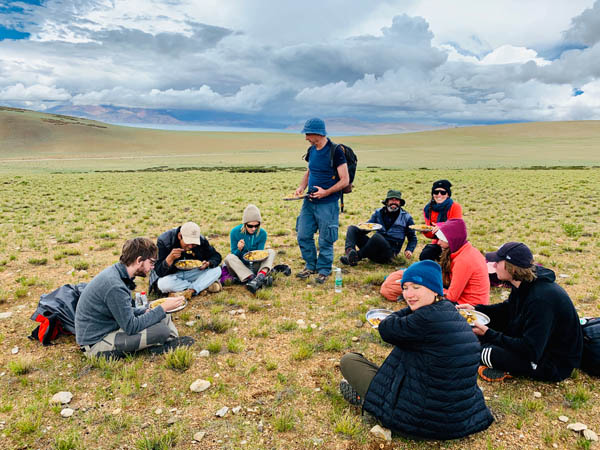
Table of Contents
Tour Itinerary
Starting in the stunning City of Sunshine, Lhasa, this amazing 15-day tour spends the first days acclimatizing and touring the major attractions of the world’s highest capital, before heading out on the road to make the long journey to Mount Kailash. The route across the plateau follows the Friendship Highway for a major part of the distance to the sacred mountain, more than 1,200 kilometers from Lhasa.
After leaving the city, you will travel to Gyantse to visit the Pelkor Chode Monastery, passing the beautiful Yamdrok Lake along the way. Then it is on to Shigatse, and a visit to the monastery of Tashilhunpo in Shigatse, and Sakya Monastery after departing Tibet’s second city. Then you take the long road from Lhatse to Darchen, passing through the small town of Saga along the way.
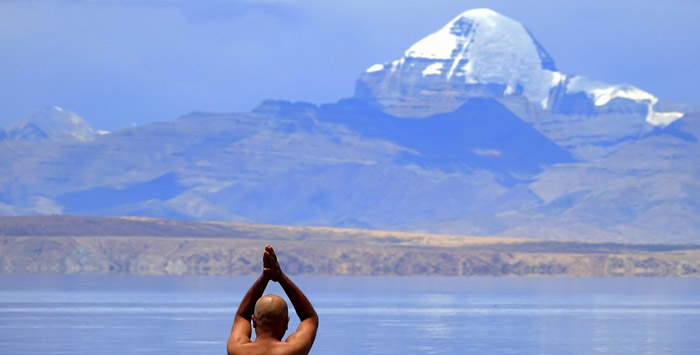
You will finally reach the small village of Darchen, at the southern foot of Mount Kailash, on the end of the seventh day in Tibet, where you will prepare for the trek around the pilgrimage kora route, which takes three days. Covering a distance of around 52 kilometers, this is not an easy trek, and takes you to two of the highest Buddhist monasteries in the world, as well as over the famous Dolma La Pass at 5,630 meters above sea level, the highest point of the whole trip.
On the trek, you will stop for two nights of camping, where you will stay in the campsites or monastery guesthouses of the Drirapuk and Dzultripuk Monasteries, and by lunchtime on the third day, you will make it back to Darchen for the drive to Lake Manasarovar, directly to the south of the mountain.
After an overnight stop by the lakeside, and a visit to the Chiu Monastery, you will begin the drive back along the long road to Shigatse. Before you get back to Lhatse, you will take a detour to the south, where you will visit the famous Mount Everest Base Camp and the “official” world’s highest monastery, Rongbuk. You can stay overnight at the monastery guesthouse or in the amazing Tibetan tent guesthouses at the base camp itself, before rising early to get the best view of the sunrise on the eastern slopes of the world’s highest mountain.
After departing EBC, you will head back to Lhatse, and then on through Shigatse to finish your tour in Lhasa.
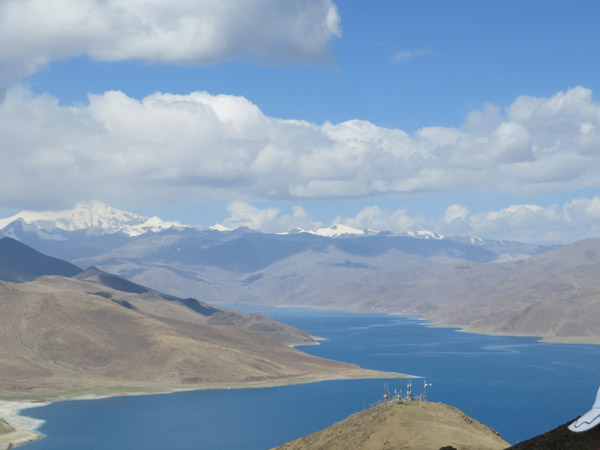
Tour Highlights
Almost every tour in Tibet (with the exception of overland tours from Kathmandu to Lhasa) begins in the Tibetan capital, with a visit to the major attractions of this amazing city.
Jokhang Temple – One of the oldest Buddhist temples in the region, the Jokhang was built in the 7th century by the Tibetan king, Songtsen Gampo. Surrounded by myths and legends, the temple houses the life-size gilded statue of Sakyamuni Buddha at the age of 12.
Barkhor Street – Nowhere on earth is like Barkhor Street, where you can pick up your souvenirs, some light snacks and refreshments, and some local handicrafts, all while making the ritual Buddhist pilgrimage around the Jokhang Temple kora route. You can even get your own hand-held prayer wheel for the journey.
Potala Palace – The former seat of governance in Tibet for around a hundred years, the Potala Palace is a massive two-color palace that was built for the 5th Dalai Lama. After the seat of government was moved to Norbulingka in 1755, the palace became the winter palace for the Dalai Lama, and is now a famous museum and local heritage and culture site.
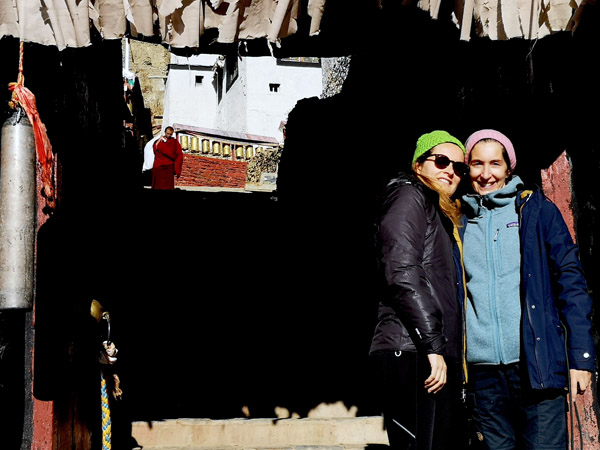
Sera Monastery – One of the major university monasteries of the Gelug School of Tibetan Buddhism, Sera Monastery is renowned for its monastic debates in the afternoons, which are open to the public. The debates are articulate and articulated, and can get very expressive, with lots of hand-clapping, foot-stamping, and loud exclamations.
Drepung Monastery – Sister Monastery to Sera, Drepung Monastery is another of the great university monasteries of the Gelug School. Drepung is notable for being the largest monastery in Tibet, and the most important monastery in the Gelug School of Tibetan Buddhism.
As well as the major highlights of Lhasa, this outstanding 15-day tour gives you plenty of insights into Tibetan culture with the visits to the attractions that lie outside the city. Many of these sites are important sites in either religion or culture, or sometimes both, and often have a major historical significance to Tibetans. And the sacred Mount Kailash in western Tibet’s Ngari Prefecture is the most holy mountain in the world.
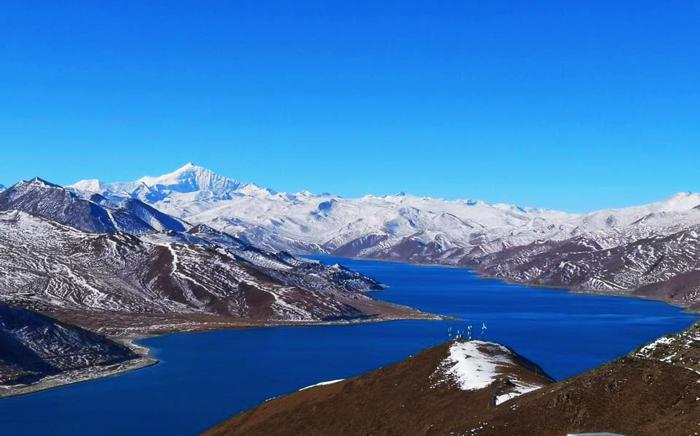
Lake Yamdrok
Yamdrok Lake is one of the Great Three Sacred Lakes of Tibet, and is renowned for its unusual shape. Many legends exist about the formation of the lake, the most popular being the casting of gold talons to the ground by a goddess who saw the lakes were drying up, and joined them all together to be the life-blood of the Tibetan plateau.
Karola Glacier
Also known as the Mount Nyenchen Kangsar Glacier, the Karola Glacier is one of the most pristine examples of glacial movement in Tibet, Pristine white and gleaming in the sun, the glacier can be seen from the road a short distance from the top of the nearby Karo La Pass.
Gyantse Kumbum/Pelkor Chode
The only stupa of its kind in Tibet, the Kumbum Stupa in the Pelkor Chode Monastery in Gyantse stands 32 meters tall, has nine floors, and includes a total of 108 chapels. Built by a minor noble in what would become, for a time, the largest town in the Tibetan Empire, this amazing piece of work truly is one-of-a-kind.
Tashilhunpo Monastery
One of the main Six Big Monasteries of the Yellow Hat Sect in Tibet, also known as the Gelug School, Tashilhunpo Monastery was built in the 15th century by the first Dalai Lama. Located at the foot of Tara’s Mountain (Drolmari) in Shigatse, it has long been the seat of the Panchen Lama, the second highest incarnation in Tibetan Buddhism. Home to almost a thousand monks, the monastery is the home to the largest gilded statue in the word, the 86-foot-high Maitreya Buddha, also known as the Future Buddha.
Sakya Monastery
Literally meaning “Grey Soil”, Sakya Monastery is one of the most important monasteries of the Sakyapa School of Tibetan Buddhism, and is split in two parts on either side of the Zongchu River. Only the southern side is now active, and the northern buildings of the monastery lie in ruins.
The route across the plateau from Shigatse/Lhatse to Darchen passes through some of the most amazing landscapes on the planet. Shortly after departing from the Friendship Highway at Lhatse, you will pass by the beautiful Peiku Tso, one of the major lakes in the area close to the main range of the Himalayas. The largest lake in Shigatse Prefecture, Peiku Tso is surrounded by high mountains on three sides, and is abundant with fish, though Tibetans do not eat them. Around 60km to the south of the lake lies the beautiful Mount Shishapangma, the only 8,000+ meter mountain that is wholly inside China.
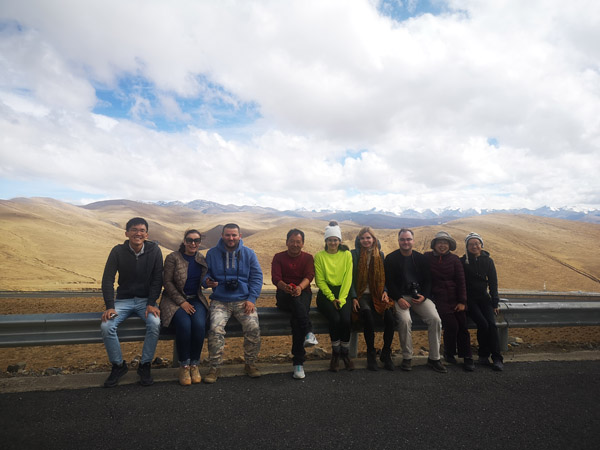
Mount Kailash and the Sacred Kora Trek
The trek around Mount Kailash is rated as the hardest trek in Tibet, and it takes you to new heights as you climb the steep ascent to the high pass, and cross rocky slopes and ridges for this amazing three-day trek. Mount Kailash, the most sacred mountain in the world, is holy in four separate religions – Hinduism, Buddhism, Jainism, and Bon – and has been a pilgrimage destination in Tibet for thousands of years. Believed to be the earthly manifestation of the legendary Mount Meru, the mountain of the gods at the center of the universe, the slopes of Mount Kailash have never felt the tread of mortal man, and are protected from climbing due to the unique religious status of the mountain.
Lake Manasarovar
One of the Great Three Sacred Lakes in Tibet (along with Lake Yamdrok and Lake Namtso), Lake Manasarovar, and its brackish twin Lake Rakshastal, lie a short drive to the south of Mount Kailash. This spectacular high-altitude freshwater lake is held in reverence in both Hinduism and Tibetan Buddhism, and it is believed that those who drink from or bathe in the lake will be cleansed of the sins of an entire lifetime. The lake is also believed to have been the location where Maya Devi fell pregnant with Siddhartha Gautama, who later became the Buddha we know today.
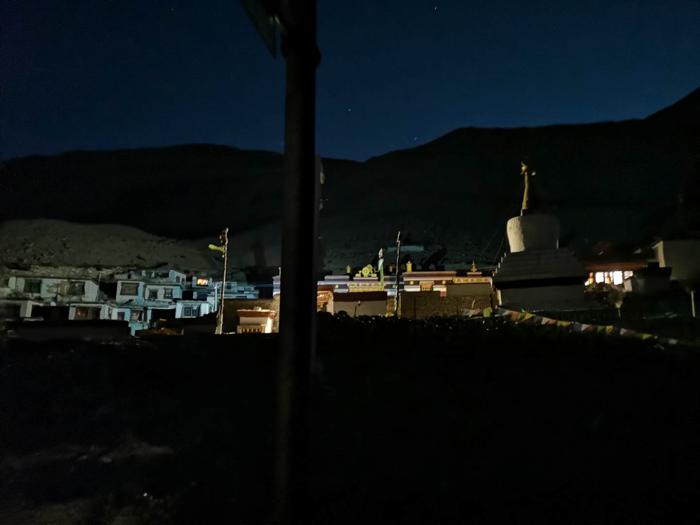
Rongbuk Monastery
Named as the official highest Buddhist monastery in the world, Rongbuk is the closest monastery to the base camp of Mount Everest, and was once a stopping point for adventurers on their way to attempt the summit of the mountain. The monastery is also considered to be a sacred place by the local Sherpa people of the area.
Everest Base Camp
The better of the two base camps on the slopes of Mount Everest, the camp in Tibet has excellent views of the summit of the great mountain on clear days. The location of the most iconic photos of Mount Everest ever taken, the base camp is the closest one can get to the mountain without being on an expedition to climb to the summit.
Recent Posts
The Best Time to Visit Tibet
A Guide to Tibet Tours
Trekking in Tibet
All Categories
- About Tibet
- book a Tibet tour
- Buddhism Practice
- Budget Tour
- China-Tibet Train
- Customized Tibet tour
- Historical Sites
- Hot Springs in Tibet
- News
- Photography in Tibet
- Tibet attraction
- Tibet Group Visa
- Tibet Motorcycle Tour
- Tibet Small Group Tours
- Tibet Tours and Tibetan Tour Guide
- Tibet Train
- Tibet Travel FAQs
- Tibet Travel Information
- Tibet Travel News
- Tibet Travel Permit Update
- Tibet Travel Prices Rises
- Tibet Trek
- Tibet Trekking Tour
- Tibet weather and climate
- Tibet Wildlife animals
- Tibet Winter Tour
- Tibetan Buddhism
- Tibetan Cultural Features
- Tibetan Culture and Poeple
- Tibetan Festivals
- What to see in Tibet



